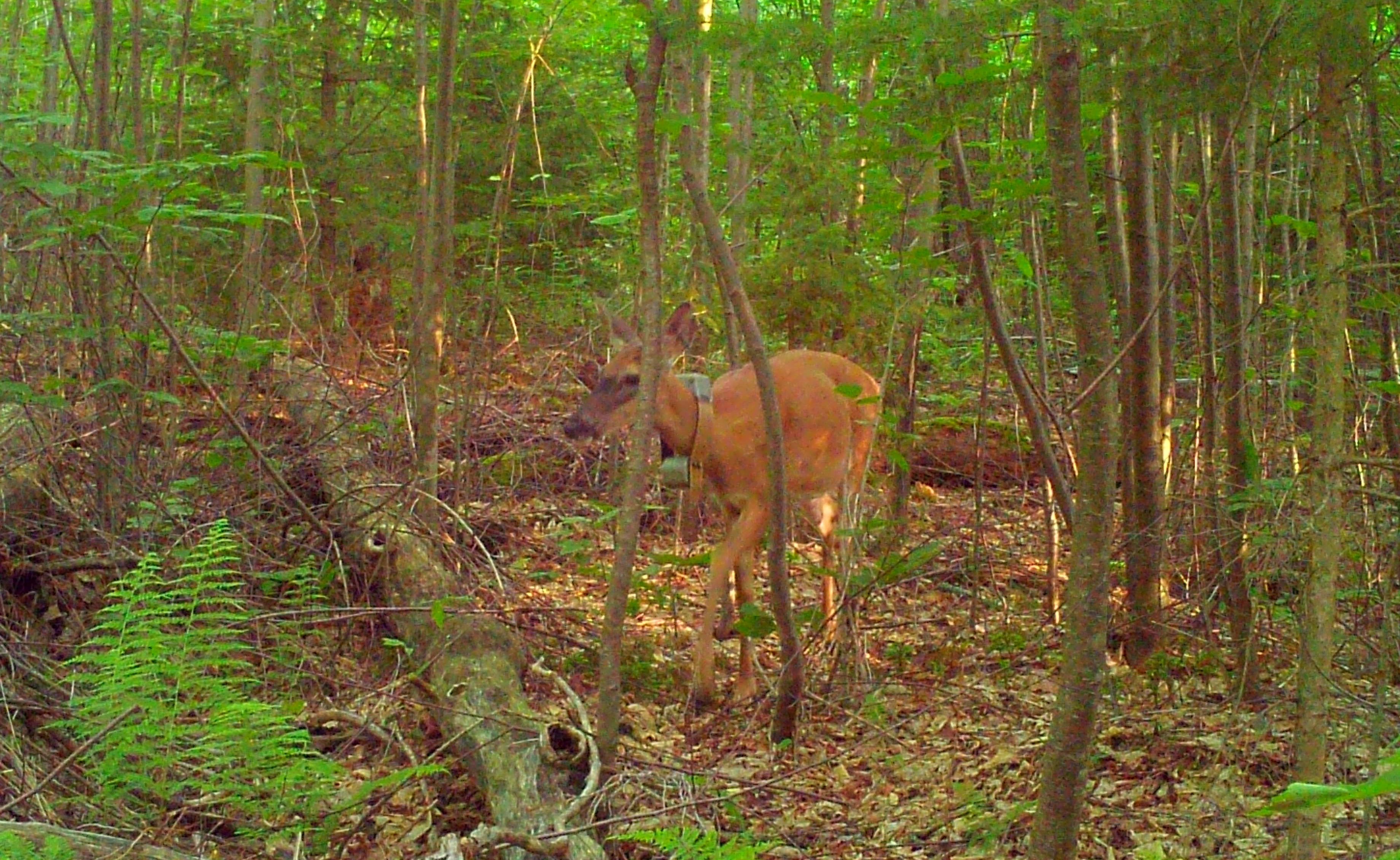Springtime has always been a favorite for me. Even though we didn’t have much of a winter, I can’t wait for the flowers and birds to return to add some much needed color to the brown boring world we’ve endured for the last 4+ months.
And let’s not forget all those babies! Spring prompts posts about fawning season. Hence the deep dive into Doe 16601’s movements surrounding this important time of year.
Doe 16601 and her choice to change fawning areas is one example of how fascinating deer behavior can be. It’s a puzzle we will likely never solve, but endless fun trying to figure it out. That’s what’s so great about the blog – sparking that curiosity in readers. Duane and I love reading your comments and questions.
One such reader (AK) posed several questions regarding doe behavior, and we thought we would take the opportunity to revisit some old posts and cool info. Honestly, it didn’t take much prompting because everyone knows I love talking about the overlooked members of the deer world.
“Do deer “share” birthing areas or is there a rough perimeter they try to maintain from other deer?”
The answer to that is yes and yes. How could this possible be? Well, all deer home ranges overlap. If they didn’t, Pennsylvania would only have room for 46,000 deer. Given the harvest tops 300,000 every year, we have a few more than that. So to some extent space must be “shared.”
However, before does give birth they start to clean house. Does become more aggressive prior to parturition driving away her yearlings and other social associations. And her home range size shrinks dramatically during the week of birth; over 150% in one study. It’s basically a no-go zone for other deer. Fawns take several days to imprint on their mother. If other deer are in the area and encounter her fawn, she risks losing it as fawns will follow any large moving object when they are young.
“Could older, more seasoned doe also get pushed out by other doe (either who just got to the area first or were more aggressive)?”
When it comes to status, age is queen! No young whippersnapper is going to push an older more experienced doe around. There are multiple studies that support the fact that fawns of older females live longer. That is not an accident. In fact, one classic study concluded that crowding at peak herd density limited fawn rearing space and caused increased fawn mortality among 2- and 3-year-old does. Matriarch does (3+ years old) know what they are doing and they’re not going to take any crap.
“If this move [to a different birth site] was based on preference to risk avoidance, does that translate or get passed on to create more cautious, less social deer? Or does the birth location have any impact on the disposition of the fawn as they develop?”
This is unlikely. If this were the case, then over the millennia deer would have evolved to be less and less social which is certainly not the case.
There are so many pieces to the behavior puzzle knowing which triggered Doe 16601 to move from one birth site to another will never be known. Risk avoidance, age, habitat, disturbance, fawn loss, social pressure – the only way to truly know is to ask her. And that’s not happening. First, she’s dead. Second, we have yet to effectively communicate with deer. And given we haven’t solved the puzzle of human behavior, we probably have a long way to go with deer.
-Jeannine Fleegle
Wildlife Biologist
PA Game Commission
Posts in this series:
The Human Shield
It’s a Trap!
House Hunting
Pieces of the Puzzle
